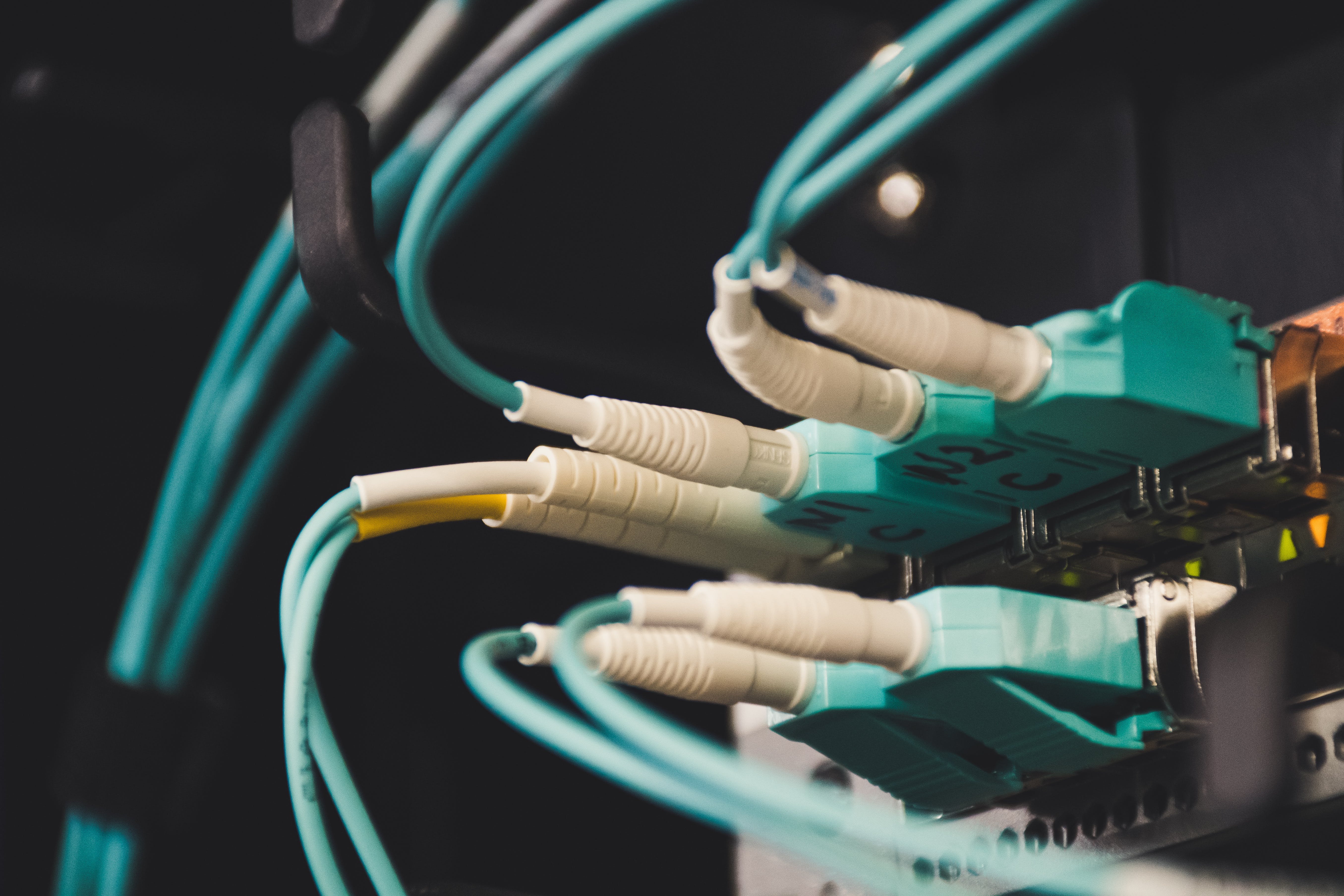Job Creation
We are investing in AI research and development and by promoting education and training in AI-related skills, we can help ensure that the benefits of AI are shared widely and equitably.
Our AI systems can also be used to improve education outcomes, such as by providing personalized learning experiences, identifying areas where students need additional support, and automating administrative tasks. This can create new job opportunities for educators with skills in AI and data analysis.
Local Innovation
We are poised with the mandate to use (OBTranslate® and OBMeet®) AI systems to promote local innovation in both rural and urban areas through data-driven decision-making, automation, digital transformation, improved access to services, and innovation hubs.
(OBTranslate® and OBMeet®) AI systems can also be used to improve education outcomes, such as by providing personalized learning experiences, identifying areas where students need additional support, and automating administrative tasks. This can create new job opportunities for educators with skills in AI and data analysis.
We are building AI hubs in 54 countries in Africa and Europe, to serve as a platform for students, entrepreneurs, businesses, and organizations to collaborate, share ideas, and develop new products and services.
Good Governance &
Human Rights
We believe it is important to note that the use of AI must be guided by ethical and legal principles to ensure that it does not infringe on human rights or exacerbate existing inequalities. Additionally, efforts must be made to ensure that AI is accessible and affordable to all, particularly in developing countries, to ensure that it can contribute to sustainable human development.
Our AI models can help in protecting human rights by facilitating the identification of human rights violations and supporting the efforts of human rights organizations. For example, our AI systems can analyze social media posts and other online content to identify hate speech, discrimination, and other forms of human rights violations.
Equal Opportunity
Artificial Intelligence has the potential to play a significant role in fostering equal opportunity for all by eliminating biases, improving access to education and training, and supporting diversity and inclusion in the workplace.
Our AI-powered language tools can help support communication between people who speak different languages, and can help individuals with disabilities to participate more fully in the workplace.
Refugees
(OBTranslate® and OBMeet®) AI-powered language tools can help refugees who do not speak the local language to communicate more effectively with aid workers, medical professionals, and others. Our AI-powered translation platforms can help refugees to access information and services more easily.
AI can help refugees to integrate into their new communities by providing language training, job search assistance, and other support services.
AI/MT for Development & Education
The use of (OBTranslate® and OBMeet®) AI tools and machine translation (MT) for development, provisioning of non-discriminatory language data modeling, and open-source AI technology can play a significant role in promoting development and reducing language barriers.
Machine translation can help to break down language barriers, enabling people to access information and services in languages that they may not be fluent in. This can help to promote economic development by making it easier for people to participate in global markets and access new business opportunities.
We are working hard to ensure that the data used to train our AI models are non-discriminatory and reflects the diversity of the population. This can help to avoid perpetuating biases and discrimination in our AI systems. By developing non-discriminatory language data models, our AI can promote more accurate and equitable outcomes.
Media and Communication
(OBTranslate® and OBMeet®) AI-powered virtual assistants and chatbots can help in providing customer service and support to media consumers, improving the overall user experience.
Our AI-powered machine translation platform can help people in rural and urban areas, communicate across different languages. This technology can quickly and accurately translate text, speech, or even sign language, breaking down language barriers and facilitating communication.
Non-Profit Organisation
AI has the potential to greatly benefit non-profit organizations in fundraising, resource allocation, program evaluation, operations management, social media outreach, and disaster response.
AI-powered analytics can help non-profit organizations to identify potential donors and target their fundraising efforts more effectively. AI can analyze data on donor behavior and preferences to suggest personalized fundraising campaigns and predict which donors are most likely to give.
Artificial Intelligence and Political Framework
An appropriate political and regulatory framework for: voting transparency, accountability. One potential application of AI in politics is the use of chatbots and virtual assistants to interact with voters and constituents. We are building AI-powered systems that could help streamline the language and communication process and provide more personalized responses to individual inquiries.
There is also growing interest in using AI to help governments make better decisions. AI algorithms could be used to analyze data and identify patterns that humans might miss. This could help governments make more informed policy decisions and allocate resources more effectively.




